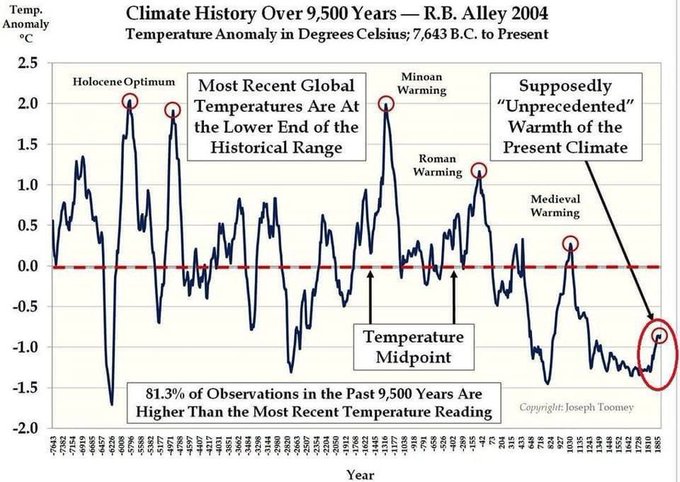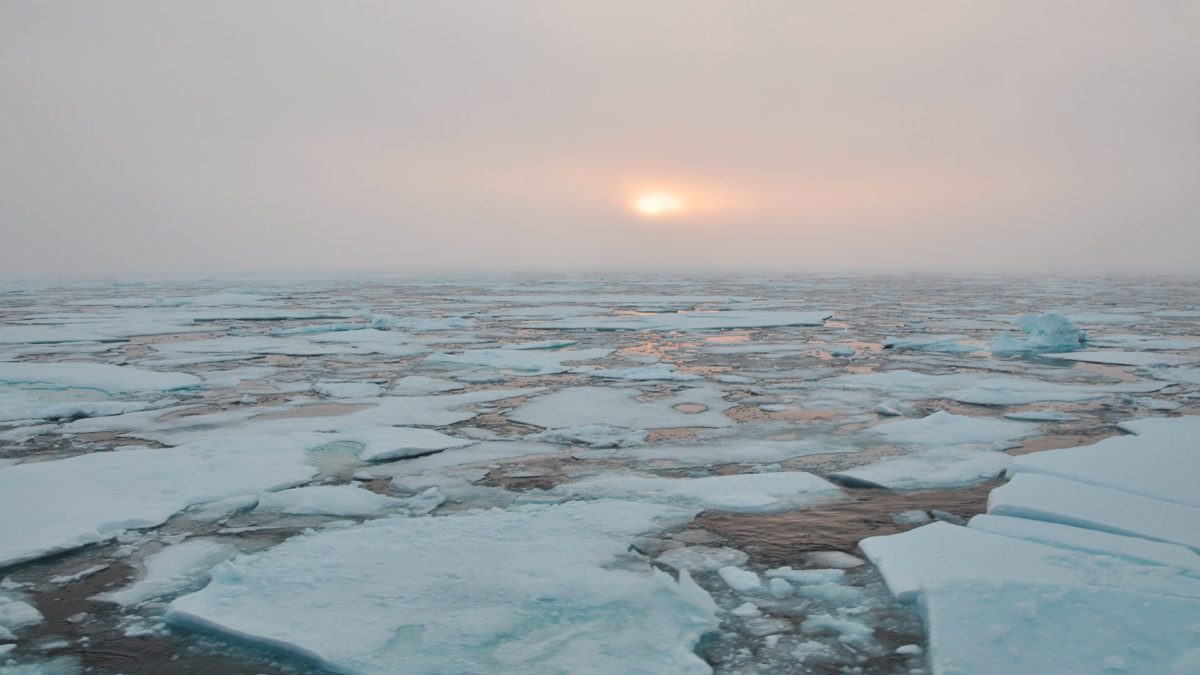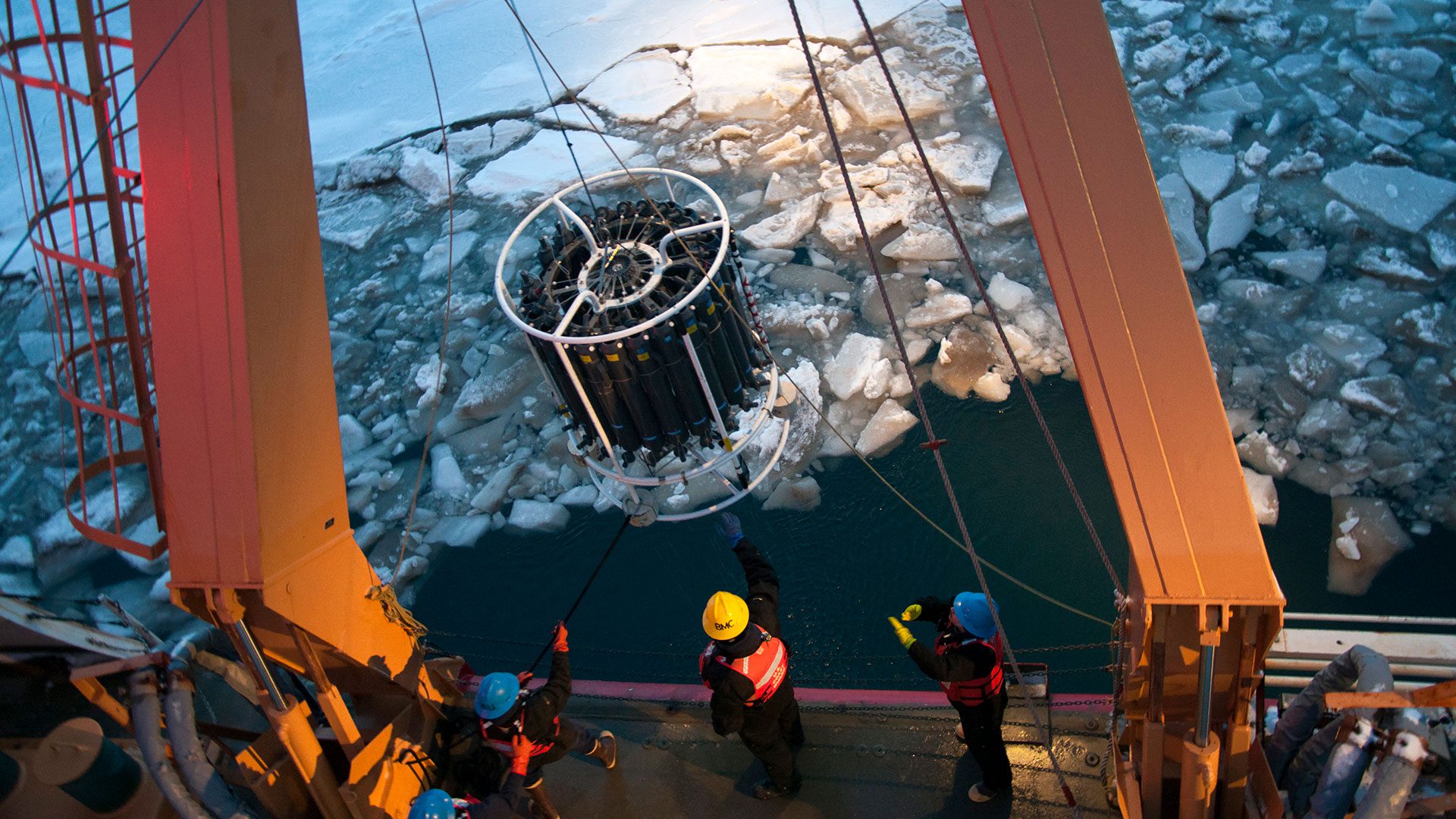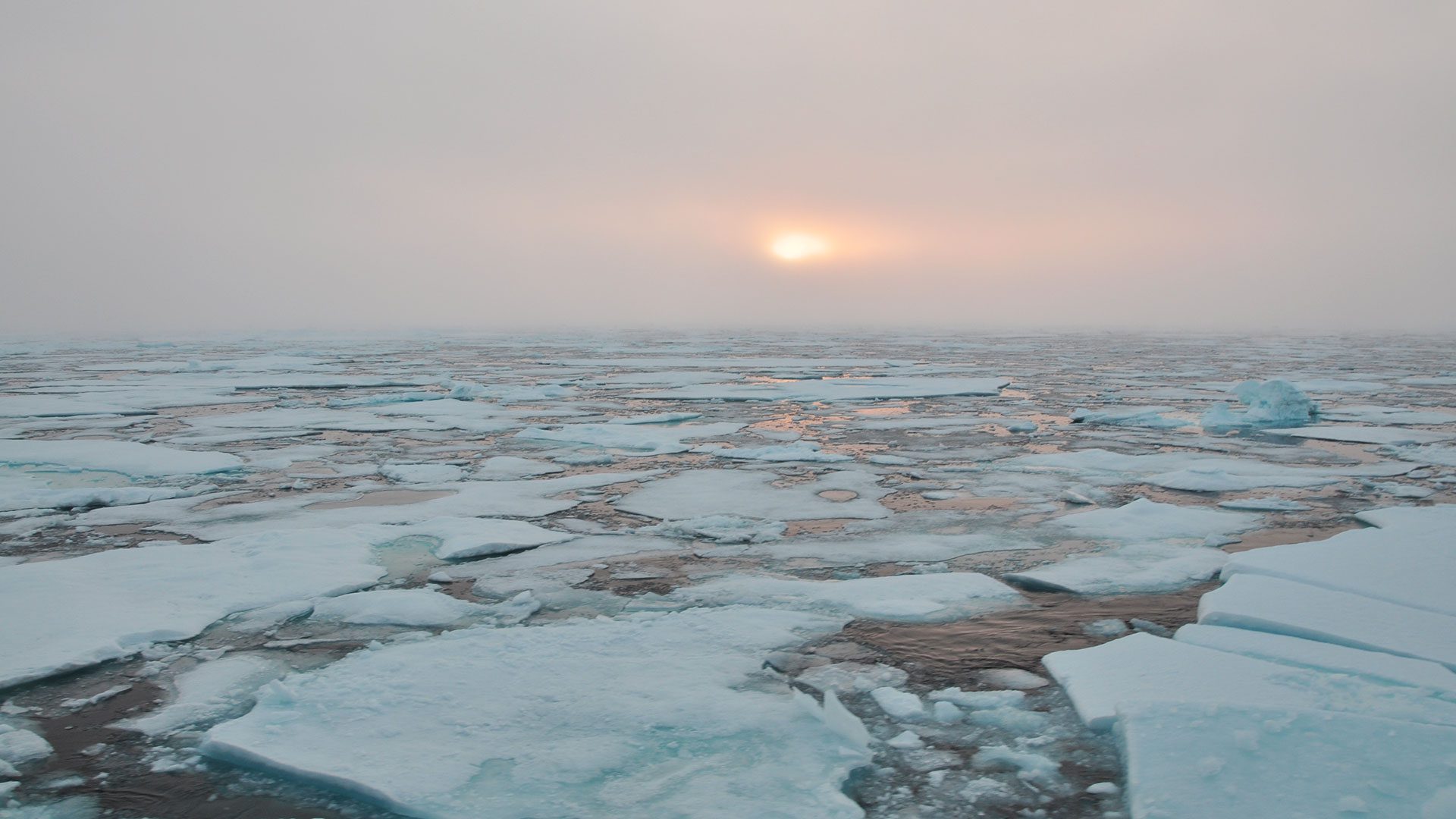St. Phatty
Active member
Sticking with the example of growing weed.
> CO2 ... the more there is the better
That simply isn't true. It isn't true for humans (sure we exhale CO2, but a human organism does not require CO2 itself to survive -- we do require the byproducts of CO2 as input to photosynthesis, but not CO2 directly. astronauts don't bring CO2 with them to orbit). It isn't true for plants, either. If you put a plant into a 100% (ie 1,000,000 ppm) CO2 environment, it would die. Its roots would not be able to absorb the mineral nutrients needed to keep it alive. As you well know, roots need oxygen.
Or, as the old saying goes: The dose makes the poison.
> reducing CO2 will kill plants meaning no food or oxygen meaning no human life
That simply isn't true either. Atmospheric CO2 concentration has been less than 300 ppm for all of human history until 1950. Today CO2 concentration is 424.1 ppm. A year ago it was 420.9 ppm.
I suggest the book "Symphony in C", by Geologist Robert Hazen.
He talks about how Carbon is recycled, including CO2 & Oxygen, during the life of the Solar System & Earth, including how Carbon stores are affected by modern plant and animal life.







